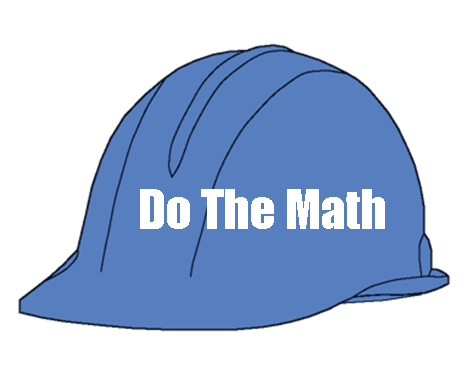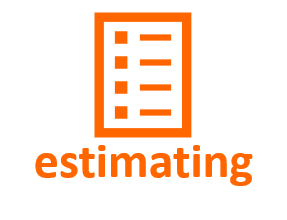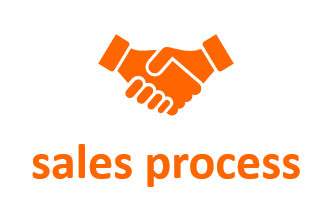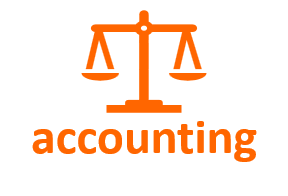Finance
Do The Math
Margin vs. Mark-Up
|
With MARGIN, you are Selling Price - Costs |
With MARK-UP, you are looking for the Selling Price - Costs |
Here's the problem --
If you are targeting a 12% overhead MARGIN ($0.12 of every dollar goes to cover overhead) and a 10% profit MARGIN ($0.10 of every dollar goes to profit) but are using the MARK-UP calculation to create your estimate, you are going to miss your target.
|
Example: |
A framing package costs $20,000. You charge the client 12% of $20,000, or $2,400, to cover overhead. You charge the client 10% of $20,000, or $2,000, to cover profit. The client is charged $20,000 + $2,400 + $2,000 = $24,400.* |
|
Problem: |
You are not getting a 22% (12%+10%) MARGIN. Your total sale is $24,400, of which $20,000 is cost and $4,400 is MARGIN. To calculate the MARGIN percentage, divide the $4,400 by the total sale of $24,400, and you get 18% MARGIN. You have left 4% on the table. |
|
Result: |
The correct calculation for MARGIN is Cost/(1-Margin percent). For this example that would be: The amount of money you left on the table is $5,641 - $4,400 = $1,241. That's for a $20,000 framing package. If the total direct cost of building the house is $400,000, and you use the MARK-UP calculation, you've left about $25,000 in margin on the table. If you build 8 houses a year at that $400,000 price, you've left $200,000 on the table. |
|
Conclusion: |
This is not a small problem. |
*We generally suggest calculating the profit on the cost + overhead + supervision + contingency, but have simplified the calculation for this example.
|
To find Selling Price (SP) C/(1-M%) = SP Cost is $2,500 Selling Price is |
To find Selling Price (SP) (1 + MU%) x C = SP Cost is $2,500 Selling Price is |
MARGIN to MARK-UP Equivalents
|
An example --
For example: a 22% percent MARGIN requires a 28.2% MARK-UP
MARGIN Calculation $1,000 cost/(1-22% Margin) = $1,282.05
MARK-UP Calculation $1,000 cost + (1,000 x 28.2%) = 1,282.00
In my experience, clients are comfortable with the "12% Overhead, 10% Profit" pricing model. But make sure that you are using the Margin calculation to compute the end cost to your client.
If you are using a formula like "cost +22% Overhead and Profit MARK-UP" to build your estimates, it is costing you a lot of money. You need to change to the MARGIN formula (Cost/(1-22%)) right away.
A great way to do that is to take a look at EstimatorPro, an estimating program that is properly configured to provide the right numbers. You can read what I have to say about Builder-BOS Estimator here, or go to the BBOS Estimator website here.
Source: Sal Alfano, executive editor at Professional Remodeler












